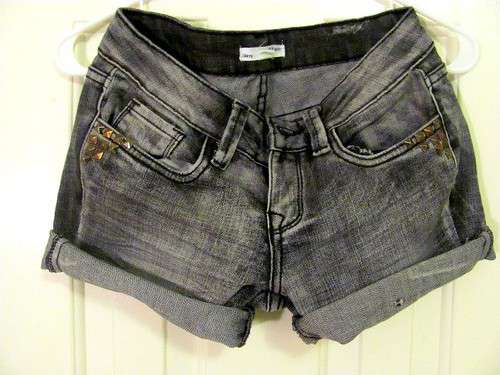
In today’s competitive marketplace, it is more important than ever for denim manufacturers to optimize color quality control. Image Source: Unsplash user Chelsea Francis
Jeans have come a long way from their humble beginnings. Originally designed by Jacob David in 1871, this wardrobe staple was developed to stand up to the demands of miners and cowboys who used and abused their clothing in harsh environments. By the late 1990s, premium denim emerged to set a new standard for jeans in terms of material, cut, and color, leading more affordable denim manufacturers to step up their game to compete with high end products.1 Today, expectations across all segments of the denim apparel industry are higher than ever, requiring careful attention to detail and responsiveness to rapidly changing trends amongst major players and artisanal designers alike. The color measuring abilities of spectrophotometric instrumentation can give you the ability to manufacture the best products possible and stay ahead of the competition.
Spectrophotometric Analysis During Development and Production
Spectrophotometers are critical to the development of denim dyeing and processing methods to give jeans their desired appearance. Not only does the initial dye color have to be visually pleasing, but the jeans have to stand up to washing and wear and tear over time, often requiring testing to ensure color fastness. Spectral analysis allows you to precisely identify color changes as the result of both manufacturing processes and external stressors to develop an ideal dyeing and processing formula.2 Once a formula has been perfected, the data provided by the spectrophotometric instrumentation can be used to set the benchmark for future production, allowing for monitoring of color against the standard. By integrating an in-line, non-contact apparatus such as HunterLab’s SpectraTrend HT in the production line, operators receive instant feedback regarding denim pigmentation. Typically, spectrophotometric instruments are mounted over the yarn ropes as they exit the dyeing range, ensuring consistent color of the material before weaving and allowing for corrective action to be taken before defective material undergoes additional costly processing.

Spectrophotometric instrumentation can allow manufacturers to develop and consistently produce their signature look. Image Source: Flickr user shlala


